Unit 1: Global Prehistory, 30,000–500 BCE
3.8(18)
3.8(18)
Card Sorting
1/28
Earn XP
Description and Tags
Art History
AP Art History
Unit 1: Global Prehistory, 30,000–500 BCE
Global Prehistory
Paleolithic Era
Neolithic Era
Camelid Sacrum
Prehistoric Sculpture
Anthropomorphic Stele
Jade Cong
The Ambum Stone
Tlatilco Female Figurine
Terra Cotta fragment
Apollo 11 Stones
Great Hall of the Bulls
Running Horned Woman
Beaker with Ibex Motifs
Prehistoric Architecture
Stonehenge
University/Undergrad
Study Analytics
Name | Mastery | Learn | Test | Matching | Spaced |
|---|
No study sessions yet.
29 Terms
1
New cards
Paleolithic Era
the Old Stone Age is also called as \___.
2
New cards
Neolithic Era
the New Stone Age is also called as \___.
3
New cards
Stele
an upright stone slab used to mark a grave or a site
4
New cards
Anthropomorphic
having characteristics of the human form, although the form itself is not human.
5
New cards
Cong
a tubular object with a circular hole cut into a square-like cross-section
6
New cards
Jade
appear in burials of people of high rank.placed in burials around bodies;Chinese linked this stone with the virtues of durability, subtlety, and beauty.
7
New cards
Shamanism
a religion based on the idea that the forces of nature can be contacted by intermediaries, called shamans, who go into a trance-like state to reach another state of consciousness.
8
New cards
Mortise and tenon
a groove cut into stone or wood that is shaped to receive a tenon, or projection, of the same dimensions
9
New cards
John Aubrey
Aubrey Holes were named after him.
10
New cards
First Phase
a phase for circular ditch 36 feet deep and 360 feet in diameter containing 56 pits called Aubrey Holes
11
New cards
Second Phase
a phase for wooden structure, perhaps roofed.
12
New cards
Third Phase
a phase for stone construction.
13
New cards
Menhirs
Large individual stones, erected singularly or in long rows stretching into the distance.
14
New cards
Megaliths
a stone of great size used in the construction of a prehistoric structure
15
New cards
Henge
a Neolithic monument, characterized by a circular ground plan. Used for rituals and marking astronomical events
16
New cards
Lintel
a horizontal beam over an opening
17
New cards
Post and Lintel Architecture
The most fundamental type of architecture in history.
18
New cards
Stylized
a schematic, nonrealistic manner of representing the visible world and its contents, abstracted from the way that they appear in nature
19
New cards
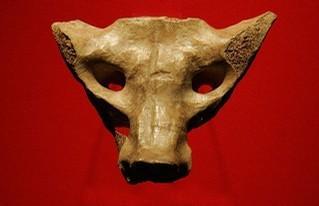
Camelid sacrum in the shape of a canine
an important Mesoamerican artifact that is shaped like a dog but represents the sacrum bone of a camelid. It was used in religious rituals and is believed to have had symbolic significance in the region's mythology.
20
New cards
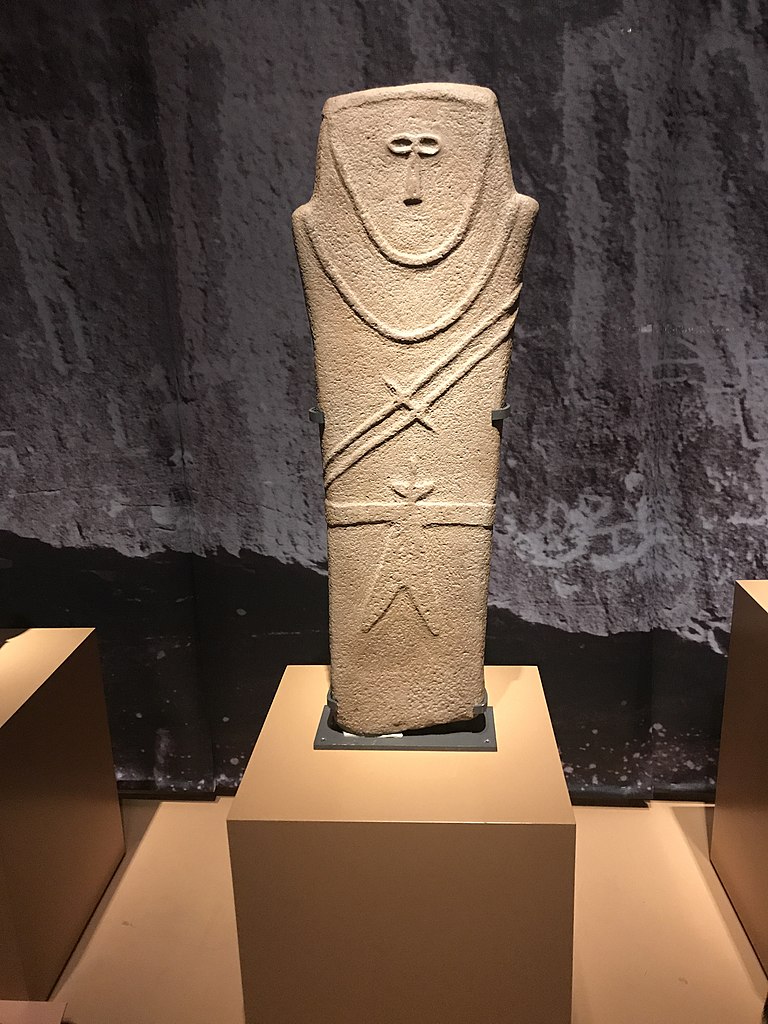
Anthropomorphic stele
A type of ancient stone monument that features a human-like figure or figures. They were often used in funerary contexts and are found in various cultures around the world.
21
New cards
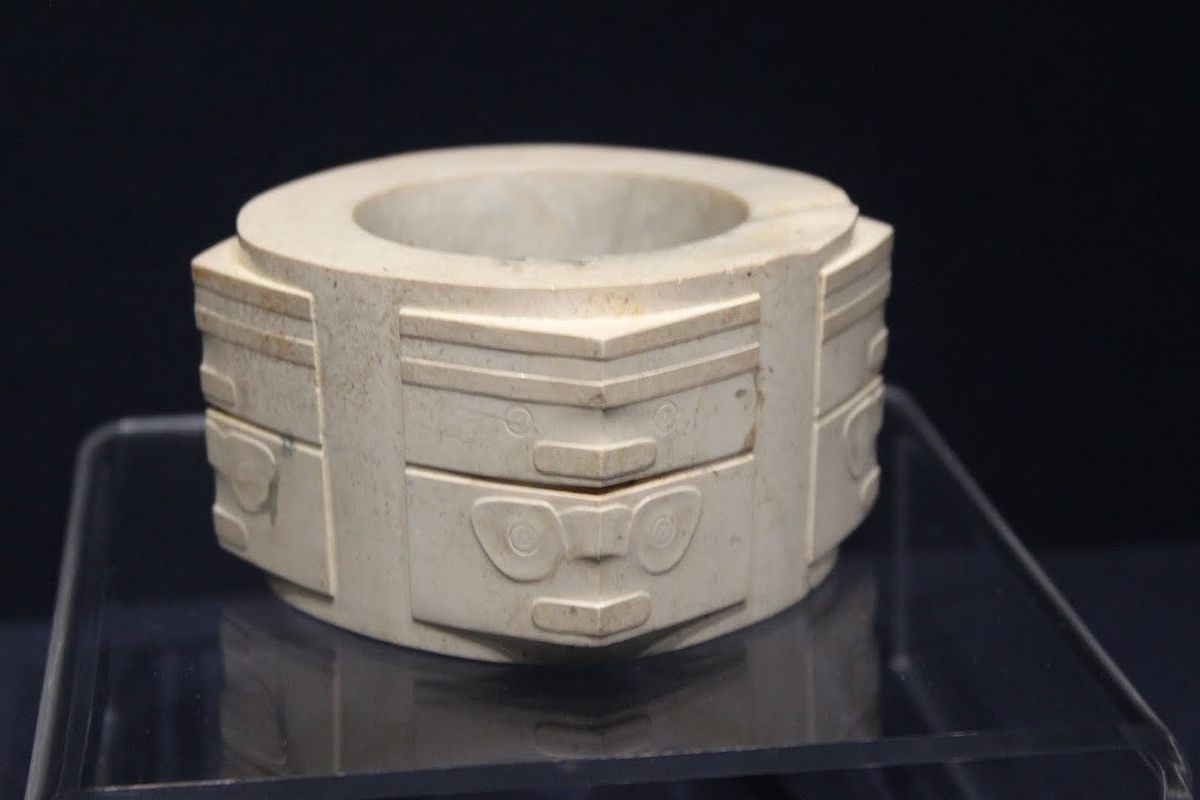
Jade cong
Neolithic jade artifact. Hollow cylinder with circular perforations. Found in ancient Chinese tombs. Symbolic significance in Chinese culture. Believed to represent the universe and the cycle of life
22
New cards
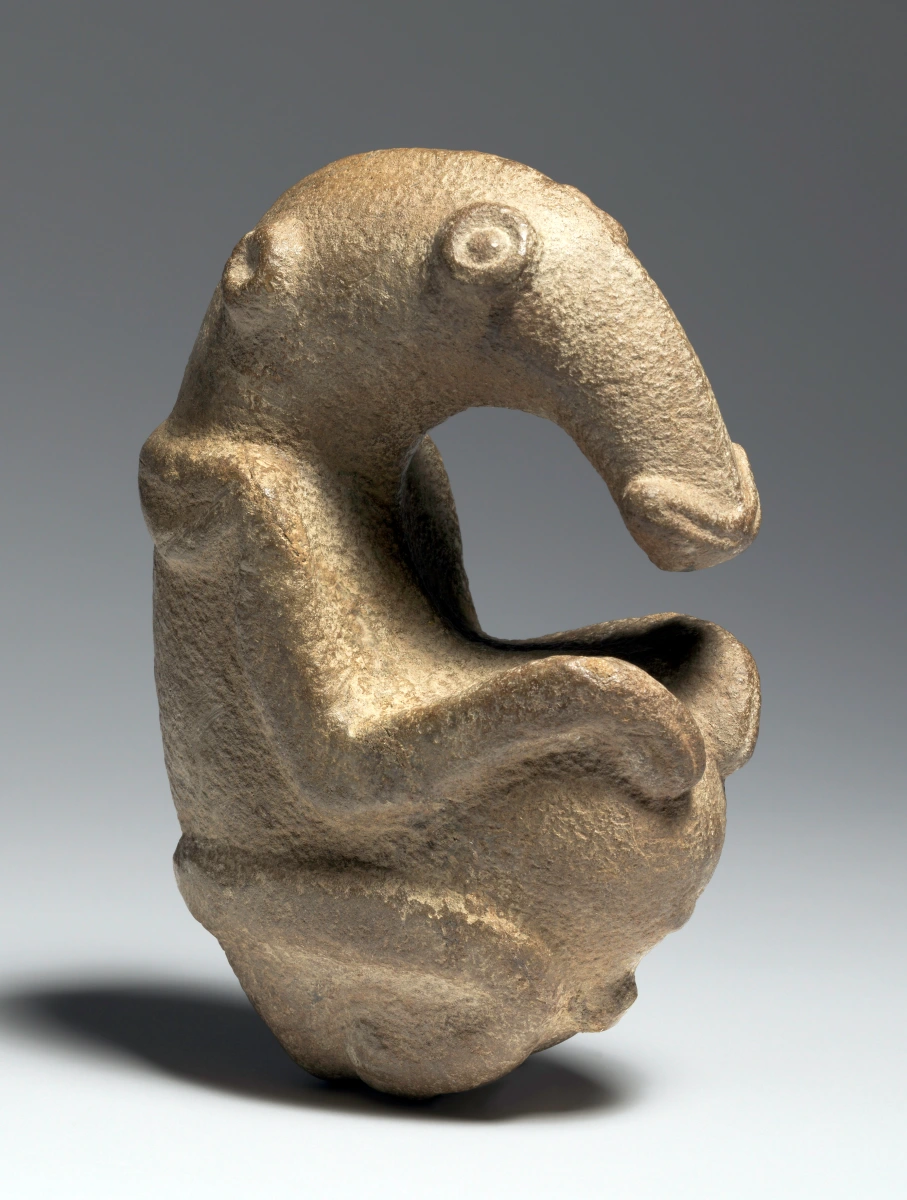
The Ambum Stone
Artifact discovered in Papua New Guinea, believed to be from 1500 BCE. Made of greywacke stone and depicts a human-like figure with a bird's head. Significance is unknown.
23
New cards
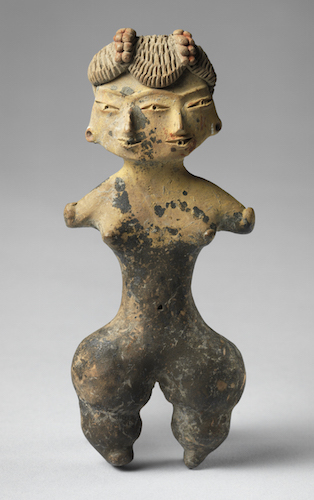
Tlatilco female figurine
Small clay figurine from the Tlatilco culture in Central Mexico, dating back to 1200-900 BCE. Depicts a female with exaggerated hips and breasts, often holding a child. Considered an important artifact for understanding gender roles and social organization in ancient Mesoamerica.
24
New cards
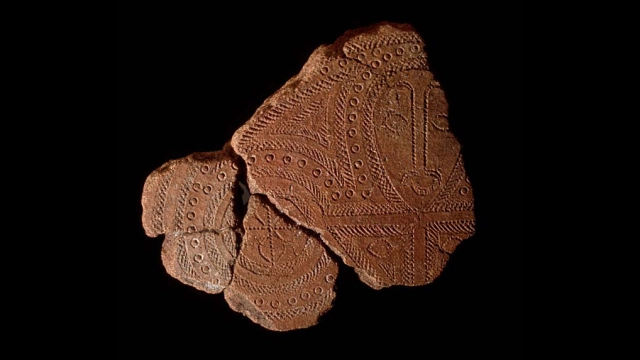
Terra cotta fragment
A small piece of fired clay that has broken off from a larger object. Often used in archaeological excavations to reconstruct ancient pottery and sculptures.
25
New cards
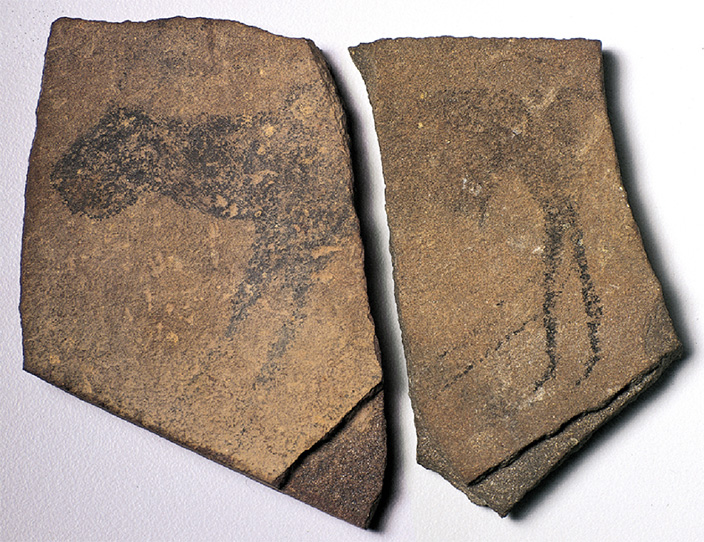
Apollo 11 stones
A Paleolithic cave in Lascaux, France, known for its prehistoric wall paintings of bulls, horses, and other animals.
26
New cards
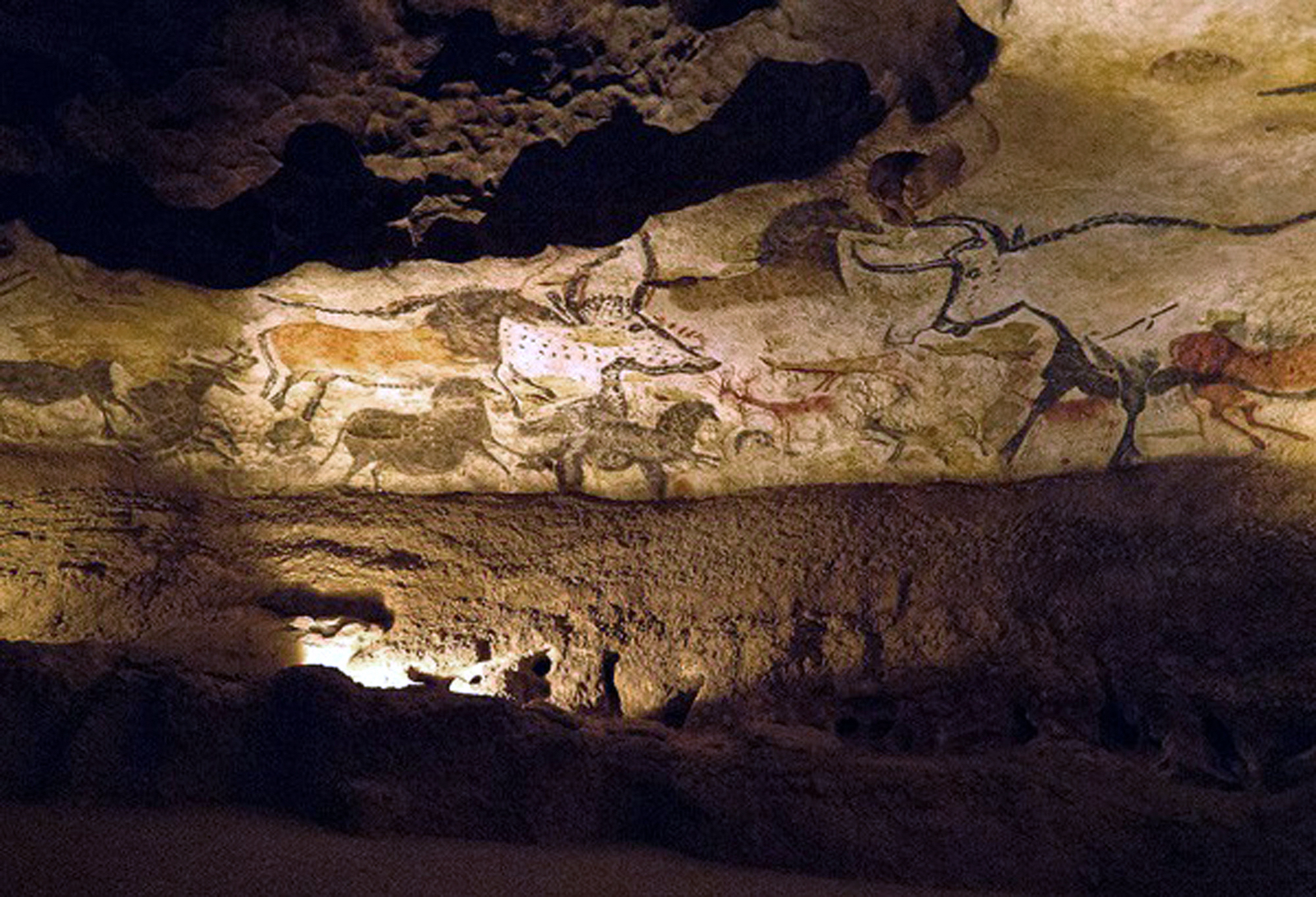
Great Hall of the Bulls
This prehistoric artwork is located in the Lascaux Caves of France. It features a collection of animal paintings, including bulls, horses, and deer.
27
New cards
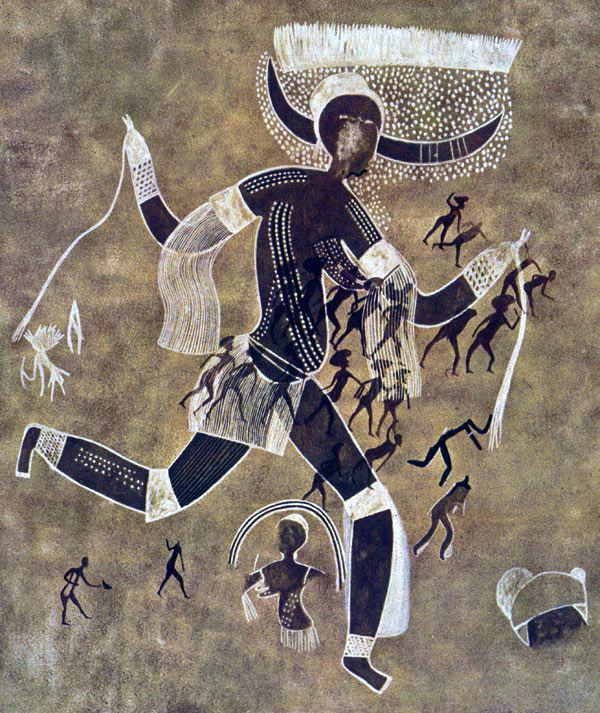
Running horned woman
A prehistoric rock painting found in Mexico depicting a woman with horns, running. It is believed to date back to around 6000 BCE and is one of the earliest known examples of art in the Americas. The significance of the horns is unknown, but it is speculated that they may represent a spiritual or supernatural aspect of the woman.
28
New cards
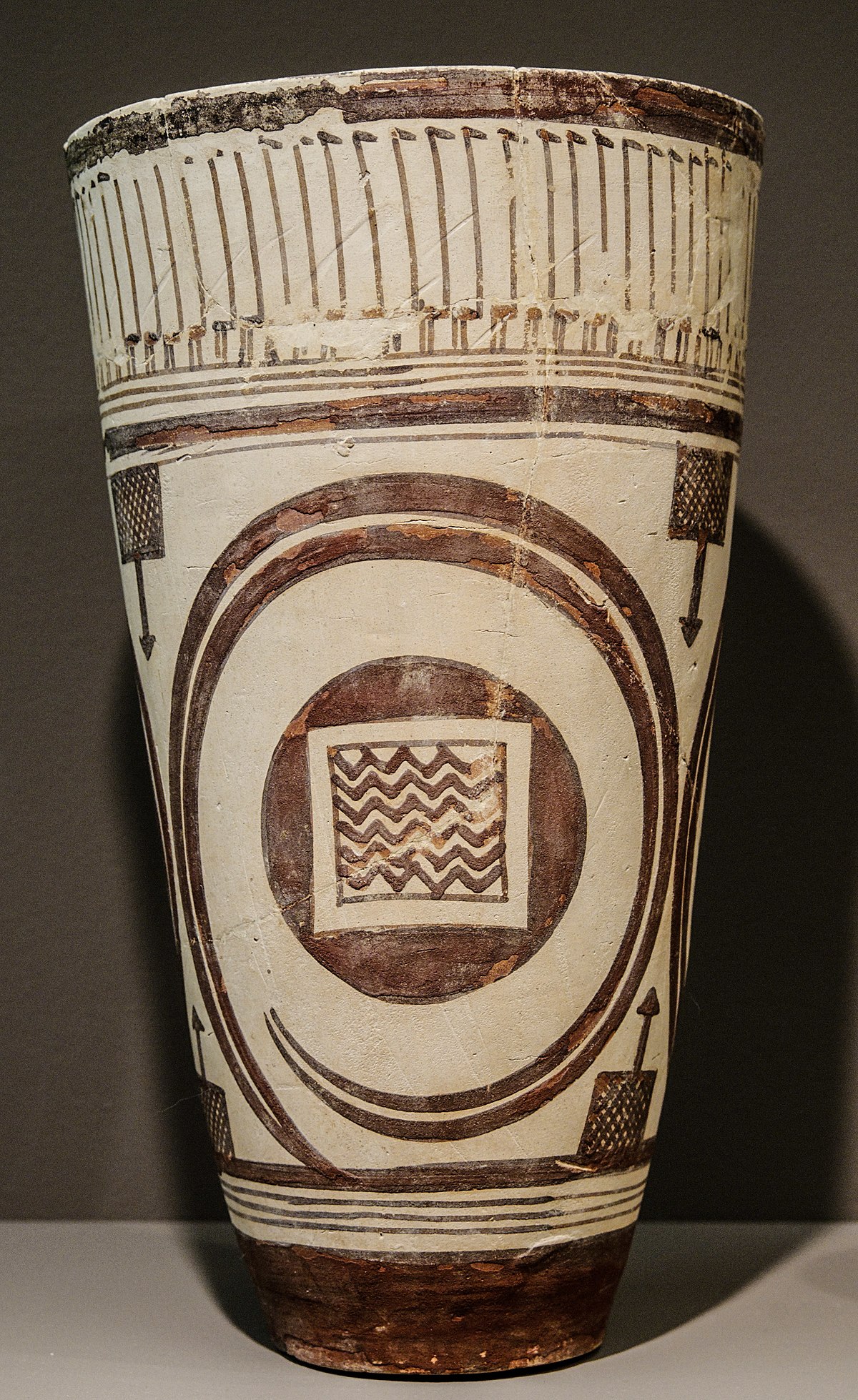
Beaker with ibex motifs
It is a beaker that has ibex motifs on it. The ibex is a type of wild goat that was often depicted in ancient art. This beaker was likely used for drinking or storing liquids. It was made by skilled artisans in ancient times and is now a valuable artifact for archaeologists to study.
29
New cards
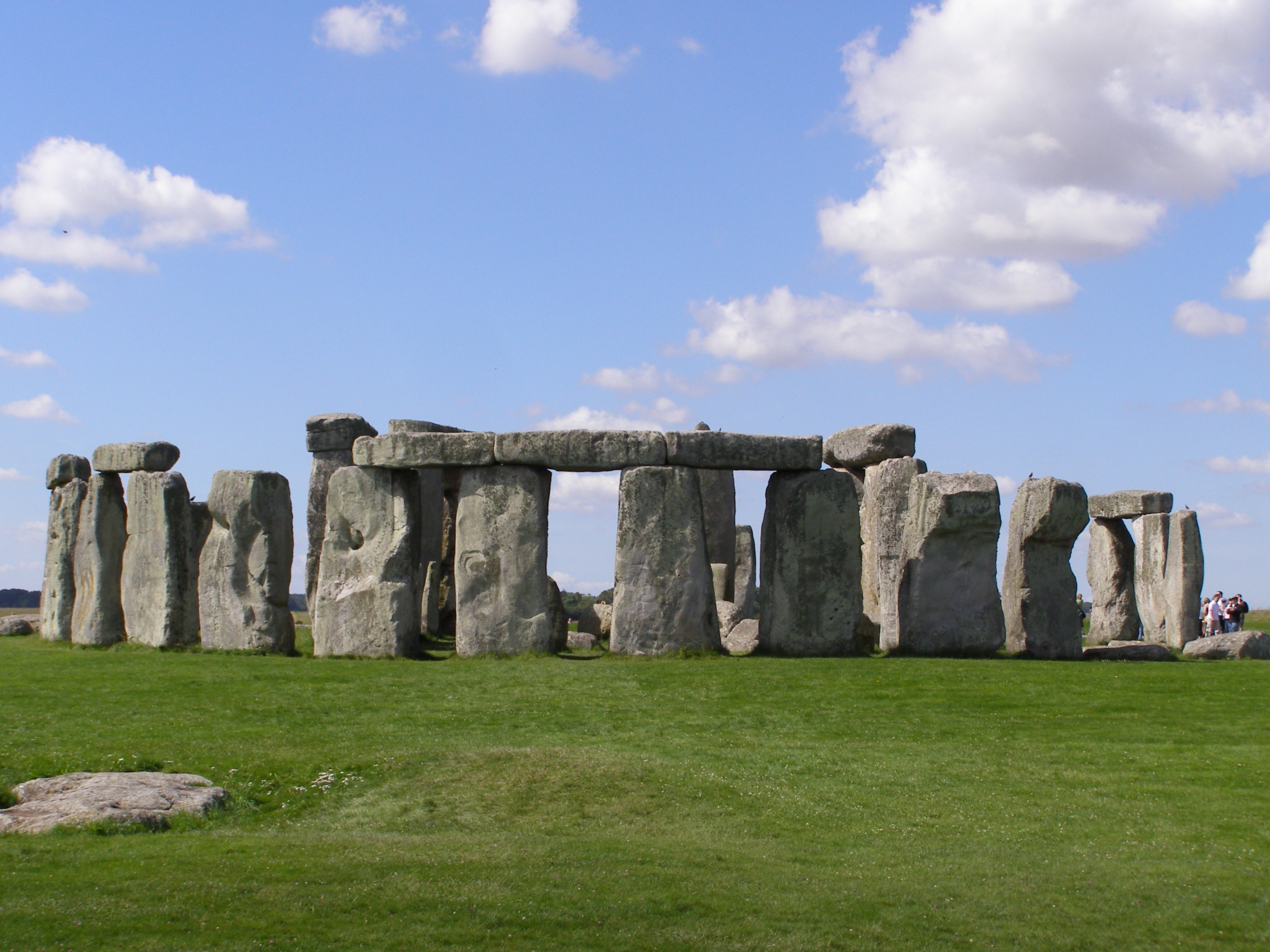
Stonehenge
Megalithic monument in England, built around 2500 BCE. Consists of large standing stones arranged in circular and horseshoe shapes. Purpose and methods of construction remain a mystery.